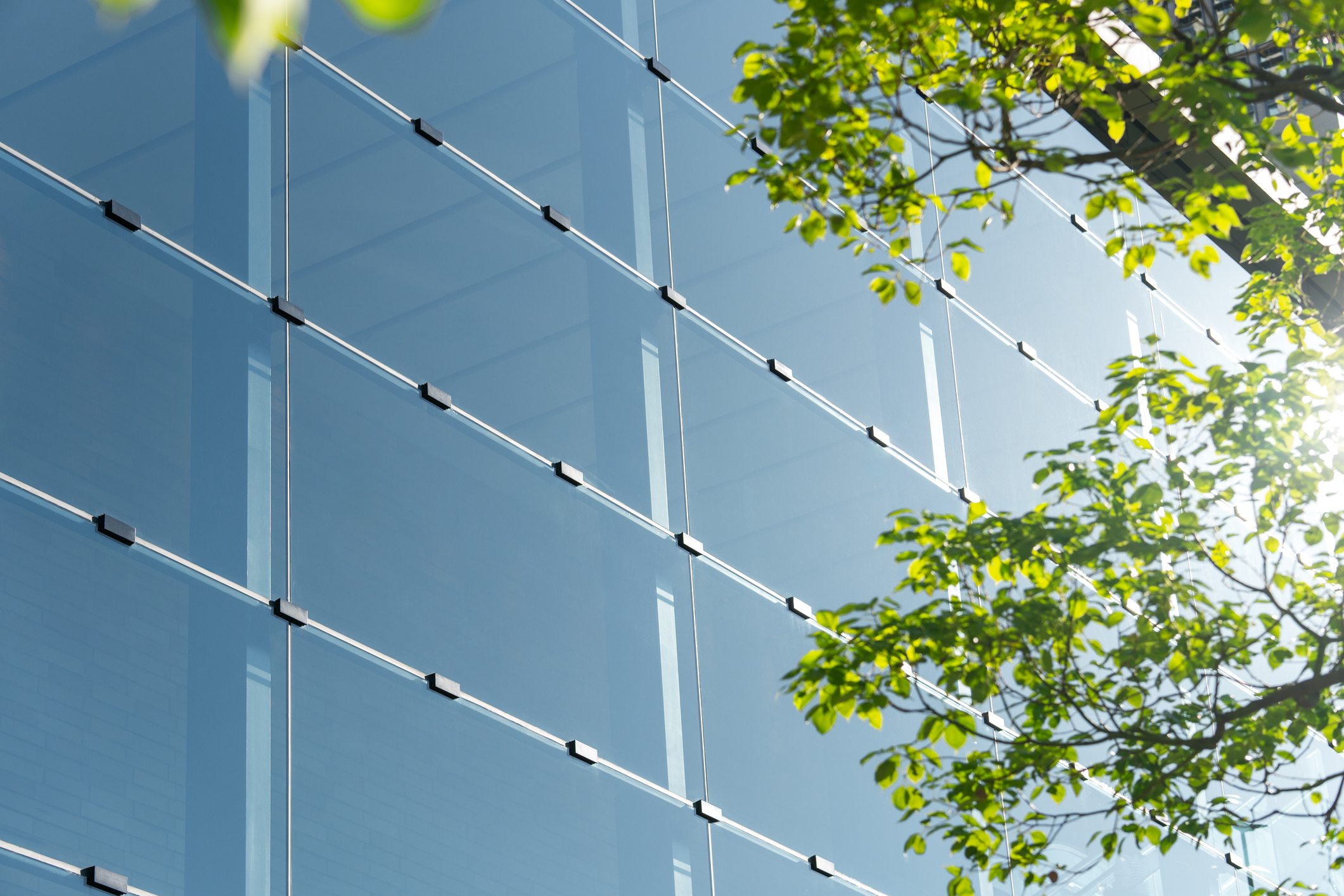
Thermoset resin vs fiberglass: Which thermal break is best?
Choosing the Right Thermal Break for High-Rise Buildings
When designing high-rise, energy efficient buildings, the choice of materials can make a major difference. These types of structures typically require cladding to support with thermal insulation however as this often compromises the continuous insulation of the building, thermal breaks ideally need to be installed in conjunction. But, in order to ensure optimal efficiency, lower condensation risk, longer durability and code compliance, choosing the right thermal break material is essential.
Why Thermal Breaks Matter for High-Rise Cladding
For this particular application, girts are the perfect choice, yet, due to the different types of thermal breaks on the market, it can make it difficult for architects, engineers and façade contractors to specify the right one for the project. This is why it is vital that specifiers understand the various types of materials of girts and why those made from a reinforced thermoset resin are more beneficial than conventional fiberglass and other metal alternatives.
Advantages of Reinforced Thermoset Resin
Thermoset resin girts are plastic matrices that, once cured, form a rigid, cross-linked structure that cannot be melted or re-formed. Because of this, it has many advantages for being installed as a thermal break in cladding and façade projects. For example, its solid form provides a combination of low thermal conductivity and high compressive strength which for high rise buildings is essential. Furthermore, it is also fire resistant, meaning it meets regulations whilst ensuring the structure is efficient and thermally insulated.

Limitations of Fiberglass and Metal Alternatives
This is unlike other alternatives, like fiberglass which relies on strands of the fiber to provide strength to the structure, which when under too much load can risk the longevity of the building, meaning costly repairs later down the line. They also struggle with limited heat tolerance which can degrade the material and its composition. Despite this, they do have a much lower thermal conductivity than metal thermal breaks and therefore still support energy-efficient construction.
Why Choose ArmaGirt Thermoset Resin
When it comes to choosing thermal break materials, it all depends on the project at hand. Each development is completely unique with its own needs and therefore the thermal break needs to be selected based upon the requirements of the project. For cladding and façades, it is ideal to use our ArmaGirt thermoset resin product. A better choice than metal and non-metal cladding attachment systems, ArmaGirt can achieve up to 98% efficiency, whilst demonstrating low creep under load. In addition, they are also much easier to install than alternatives due to their solid structure.
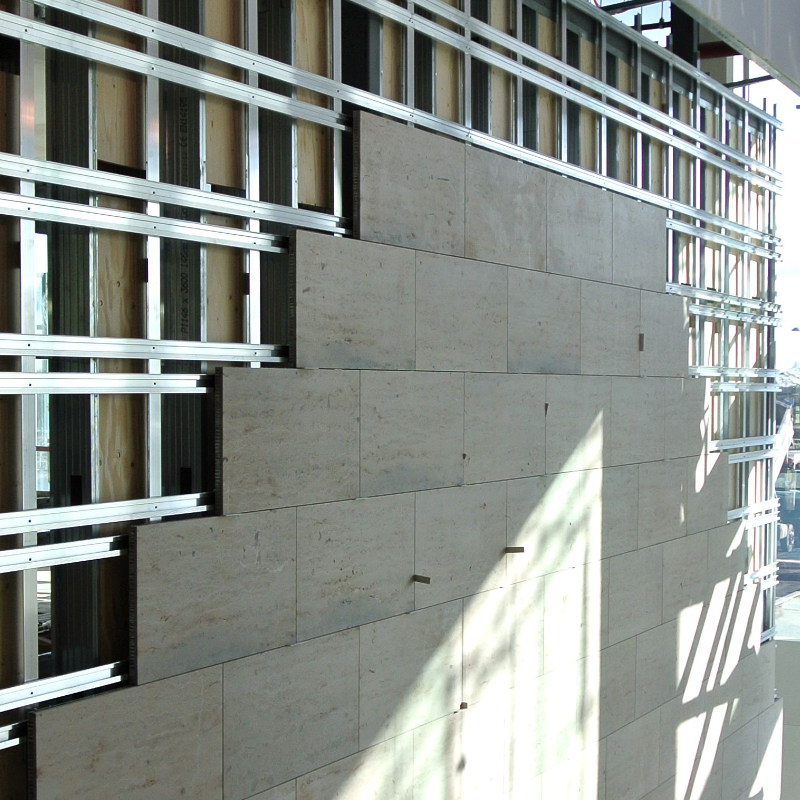
Thermal Breaks Are Essential For Efficiency, Durability And Condensation Control
Even though each type of material has its own positives and negatives, it is vital that thermal breaks as a whole are installed into a construction in order to support with optimal efficiency, lower condensation risk and longer durability. That’s why we’re here to help you choose the right thermal break for your project.
To discuss more about your requirements, contact the team today call +1 (844) 360-1036 or email [email protected].

Other Articles
& Projects
Solving Thermal Bridging in Masonry Shelf Angle Systems
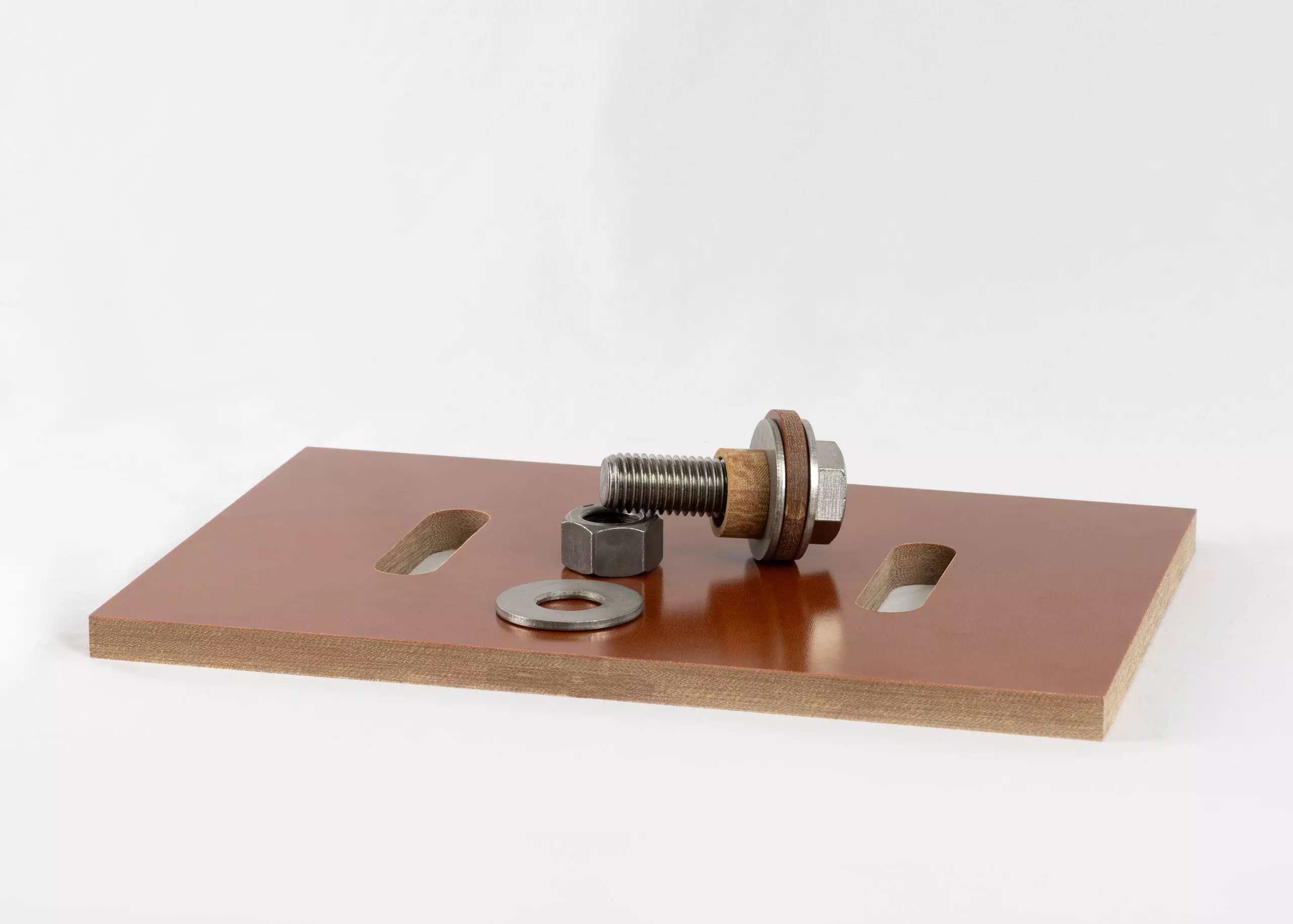
Thermoset resin vs fiberglass: Which thermal break is best?

Meeting demand and expanding our global reach – fourth office opens in Canada

Partner With Armatherm for Targeted Thermal Bridging Solutions

Armatherm announces expansion with the opening of a third office
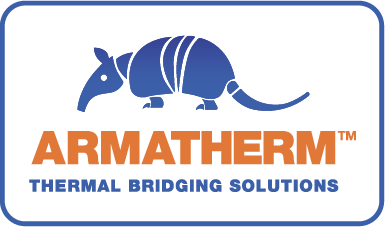
Armatherm Cast-In Situ Thermal Breaks

Are thermal breaks overlooked in residential construction?
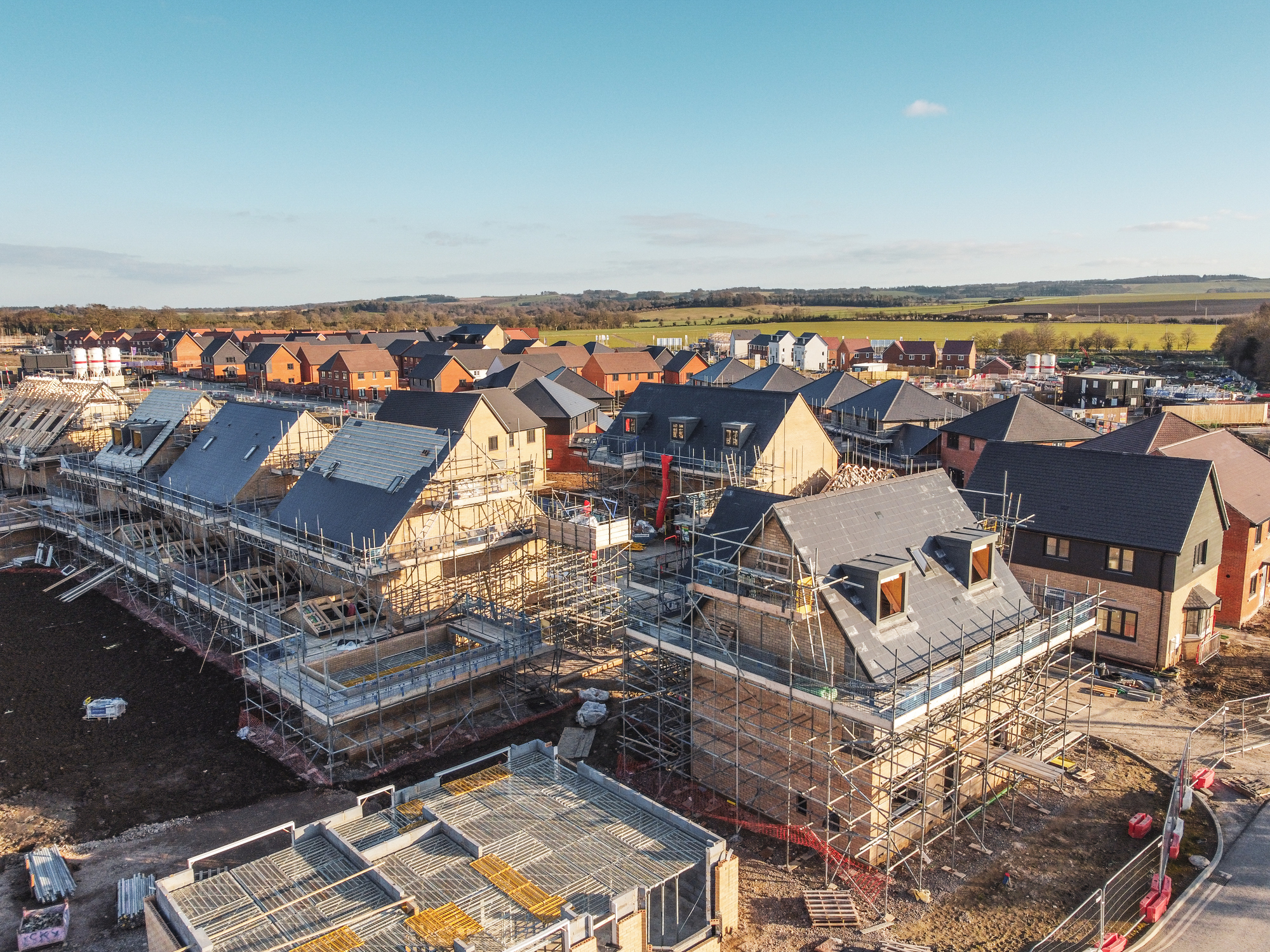
Thermal Bridging and Its Effect on Air Quality Indoors
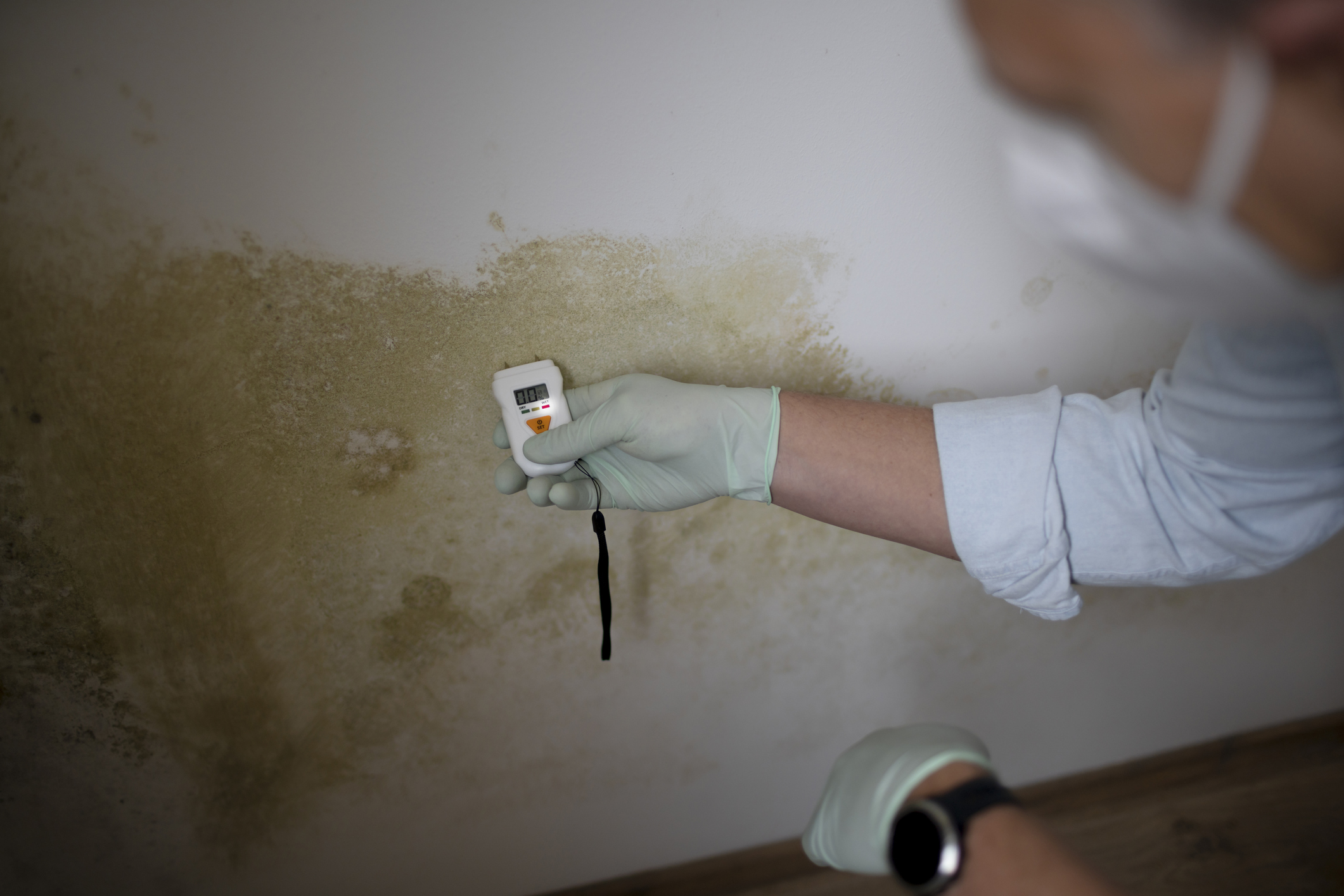
Achieving Net Zero with Innovative Construction Solutions
